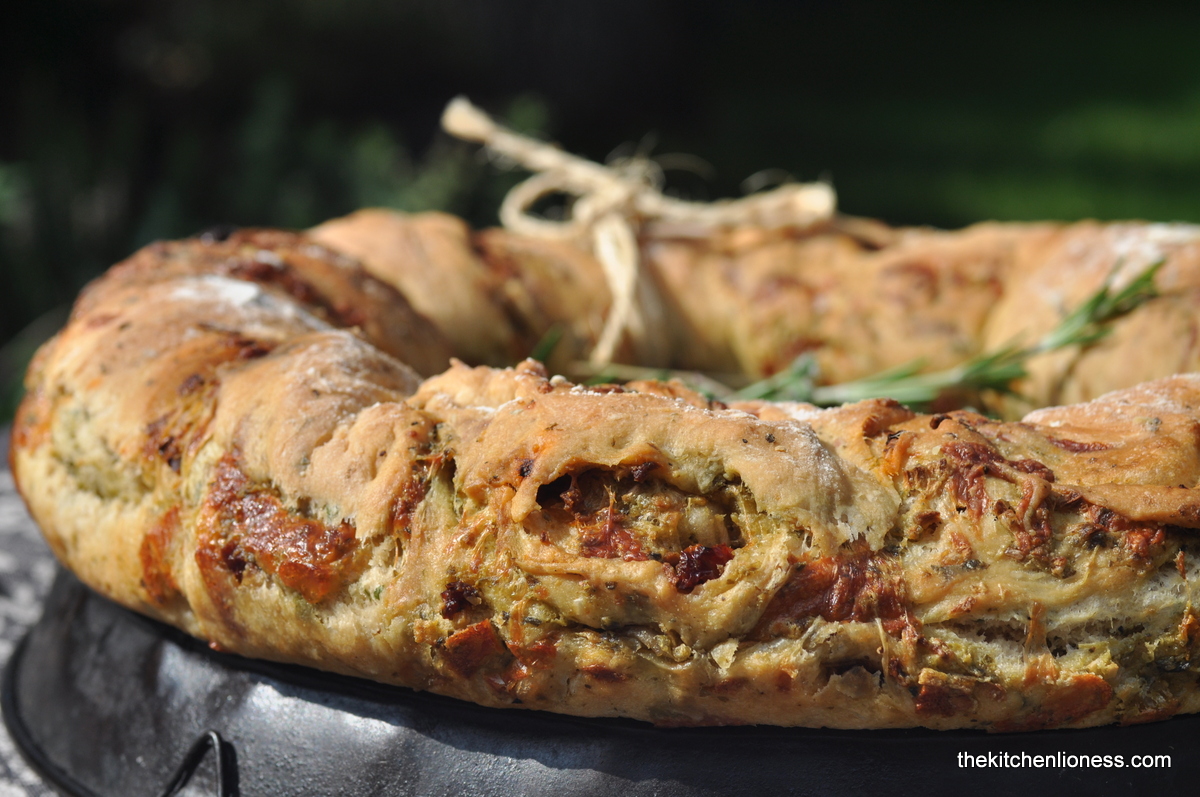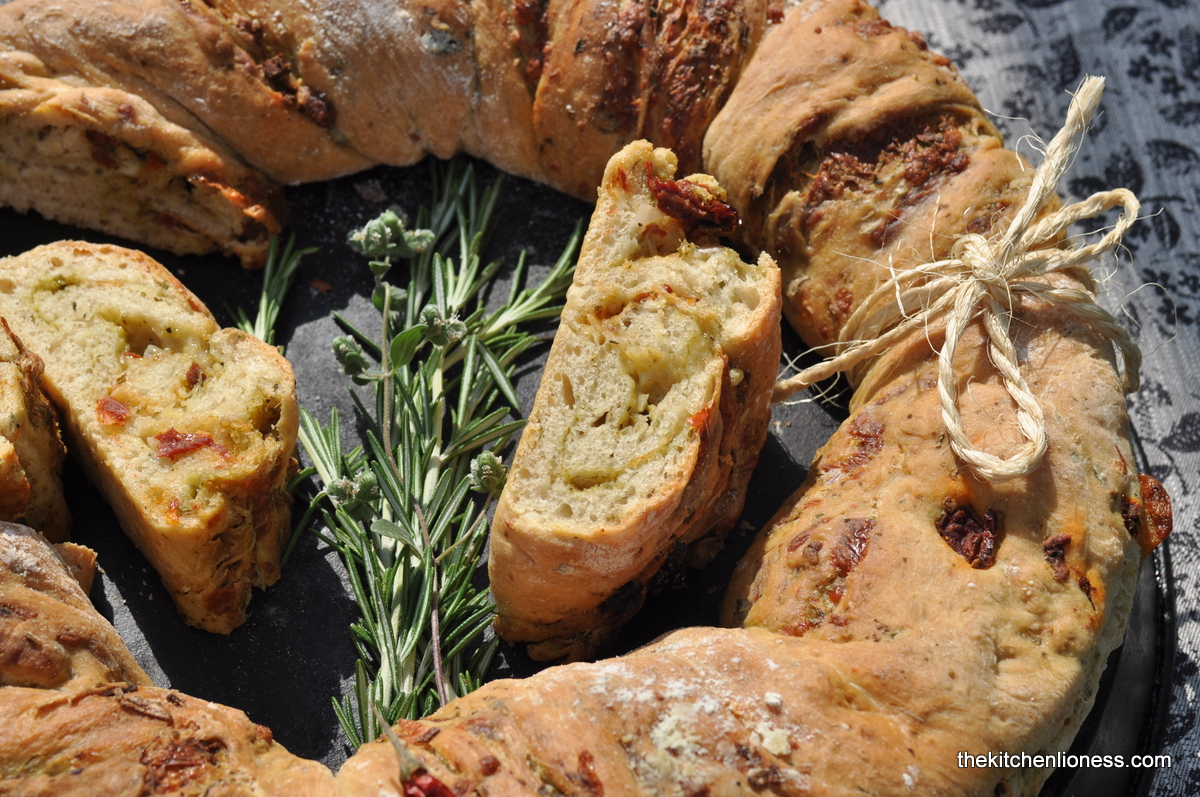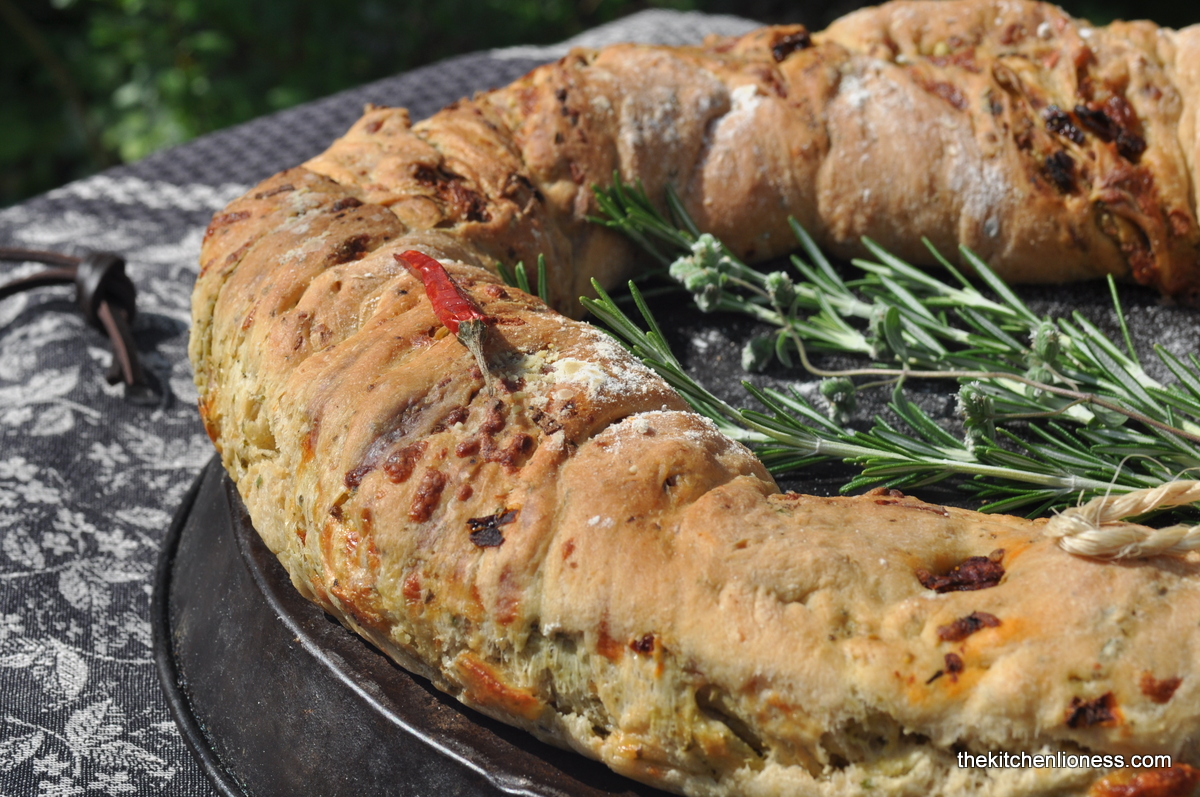I like to divide every year in a culinary way – come wintertime we enjoy
hearty kale, in spring asparagus and rhubarb, in early summer strawberries, in
summer cherries and now it’s plum season and that’s why this is a good time to
feature a Traditional German Plum Cake recipe. The national institution that is the German Plum Cake, is variously known as Zwetschgendatschi, Zwetschgenkuchen, Pflaumenkuchen, or Quetschekuche, depending on where you are in the country.
Many of the recipes out there are rather specific about the type of plum to be used. I always use plums called Zwetschgen, which are small, dark-as-night plums with a vibrant yellow flesh, both tart and sweet in flavor. They are perfect for baking because they don’t hold as much water as other red plum varieties. Outside of Europe it can be difficult to get Zwetschgen but smallish deep-purple Italian plums aka Italian prune plums are a good substitute, these are oval, rather than round, with dark, cloudy skins, and although they can be a bit tricky to stone, they stay satisfyingly plump in the oven.
There are countless recipes out there for plum cake. Whether plum cake as a sheet pan cake, as a tart, with or without yeast, a buttery shortcrust pastry base, or one made with Quark (fresh cheese) and oil, with streusel or nut topping, these are all incredibly popular around here but what is non-negotiable, is a generous helping of Schlagsahne (whipped cream) on top.
The dough itself is moderately sweet, enriched with fresh eggs and sweet butter. I like to keep the dough quite plain and all I add as additional flavor is pure vanilla sugar as the plums have enough flavor not to need any extra help, the extra cinnamon can be saved for the top.
This year I took a particular liking to a classic German yeast-based sheet pan cake with a buttery streusel topping. With a nice rustic look to it and a great combination of flavor and textures, this was certainly a hit at our house although my trusted taste testers prefer the softer texture of the classic cake made with soft wheat flour (or in my case white spelt flour), sweet butter and fresh eggss to the sturdier bun dough with its strong bread flour and eggs. The big sheet bakes favored by German bakeries are perfect if you’re feeding a crowd, but, in my humble opinion, for tea (or perhaps coffee) at home, today's recipe for a Traditional German Plum Cake works better.
Clearly a soft rich dough and jammy baked plums need little in the way of adornment, so nothing but a couple of tablespoons of cinnamon sugar will do the trick. For my cake there is no streusel oder nut topping required.
The tartness of the plums plays nicely against the buttery batter and the warm flavors of cinnamon and vanilla. And as an added bonus it smells amazing while baking.
German Plum Cake
Ingredients
(for a 9.5in/24cm springform pan)
For the Cake
- 1 stick (115g) unsalted butter, softened
- ¾ cups (160g) superfine baking (caster) sugar
- 1 tbsp (8g) pure vanilla sugar
- 2 eggs (M), free-range or organic
- 1 cup plus 2 tbsp (175g) white spelt flour, sifted (or use AP/plain flour instead)
- 1 ½ tsp baking powder
- pinch of salt (optional)
- 35 to 40 pitted Italian (purple) plums
For the Topping
- 1 tsp Ceylon cinnamon
- 1 tsp (8g) pure vanilla sugar
- 3 tbsp sugar (for a bit more crunch, go with coarse grain white sugar)
- powdered sugar
Preparation
- Butter a springform pan and line with parchment paper, butter the paper and flour well, shaking out the excess flour.
- Pre-heat your oven to 180°C.
- In a mixing bowl, cream the butter, sugar and vanilla sugar.
- Add eggs one at a time and mix well.
- In another mixing bowl, whisk together the flour, baking powder, and salt.
- Add the flour mixture to the butter mixture, stir just until combined.
- Spoon the batter into the prepared springform pan.
- Place the plum halves skin side up on top of the batter.
- Sprinkle with cinnamon sugar topping.
- Bake 1 hour, approximately – let cool on wire rack for about 1 hour, than remove the outer ring of the springform pan, let cool for another hour before removing the bottom part of your springform pan as well. Transfer to a cooling rack.
- Serve with a dusting of powdered sugar and plenty of Schlagsahne (whipped cream).
Zwetschgenkuchen
Zutaten
(für eine 24cm Springform)
Für den Kuchen
- 115g Süßrahmbutter, Zimmertemperatur
- 160g feinster Backzucker
- 8g Bourbon Vanillezucker
- 2 Eier (M), aus Freilandhaltung oder ökologischer/biologischer Produktion
- 175g Dinkelmehl, Type 630 (oder Weizenmehl, Type 405)
- 1 1⁄2 TL Weinstein Backpulver
- eine Prise Ur-Salz (optional)
- 35 bis 40 frische Zwetschgen, entsteint
Für das Topping
- 1 TL Ceylon Zimt
- 8g Bourbon Vanillezucker
- 3 EL Zucker
- Puderzucker
Vorbereitung
- Die Springform buttern, mit Backpapier auskleiden, nochmals buttern und mehlieren, dabei das überschüssige Mehl rausschütteln.
- Den Backofen auf 180°C vorheizen.
- In einer Rührschüssel die Butter, den Zucker und den Vanillezucker schaumig rühren.
- Eier einzeln hinzufügen und gut verrühren.
- In einer anderen Rührschüssel Mehl, Backpulver und Salz verrühren.
- Die Mehlmischung zu der Buttermischung geben, unterheben.
- Den Teig in die vorbereitete Springform geben und glatt streichen.
- Die vorbereiteten Pflaumenhälften auf den Teig setzen.
- Mit der Zimt-Zuckermischung bestreuen.
- Ungefähr eine Stunde backen, dann auf einem Kuchenrost ca. 1 Stunde abkühlen lassen, dann den äußeren Ring der Springform abnehmen, eine weitere Stunde abkühlen lassen, bevor auch der untere Teil der Springform entfernt werden kann.
- Mit Puderzucker bestäuben und mit einer großzügigen Portion Schlagsahne servieren.
For more plum inspiration on my blog, take a look at:
• Nigel Slater´s Autumnal Plum Cake with Hazelnuts and Spiced Frosting (HERE)
• Rice Pudding with caramelized Italian Plums (HERE)
























